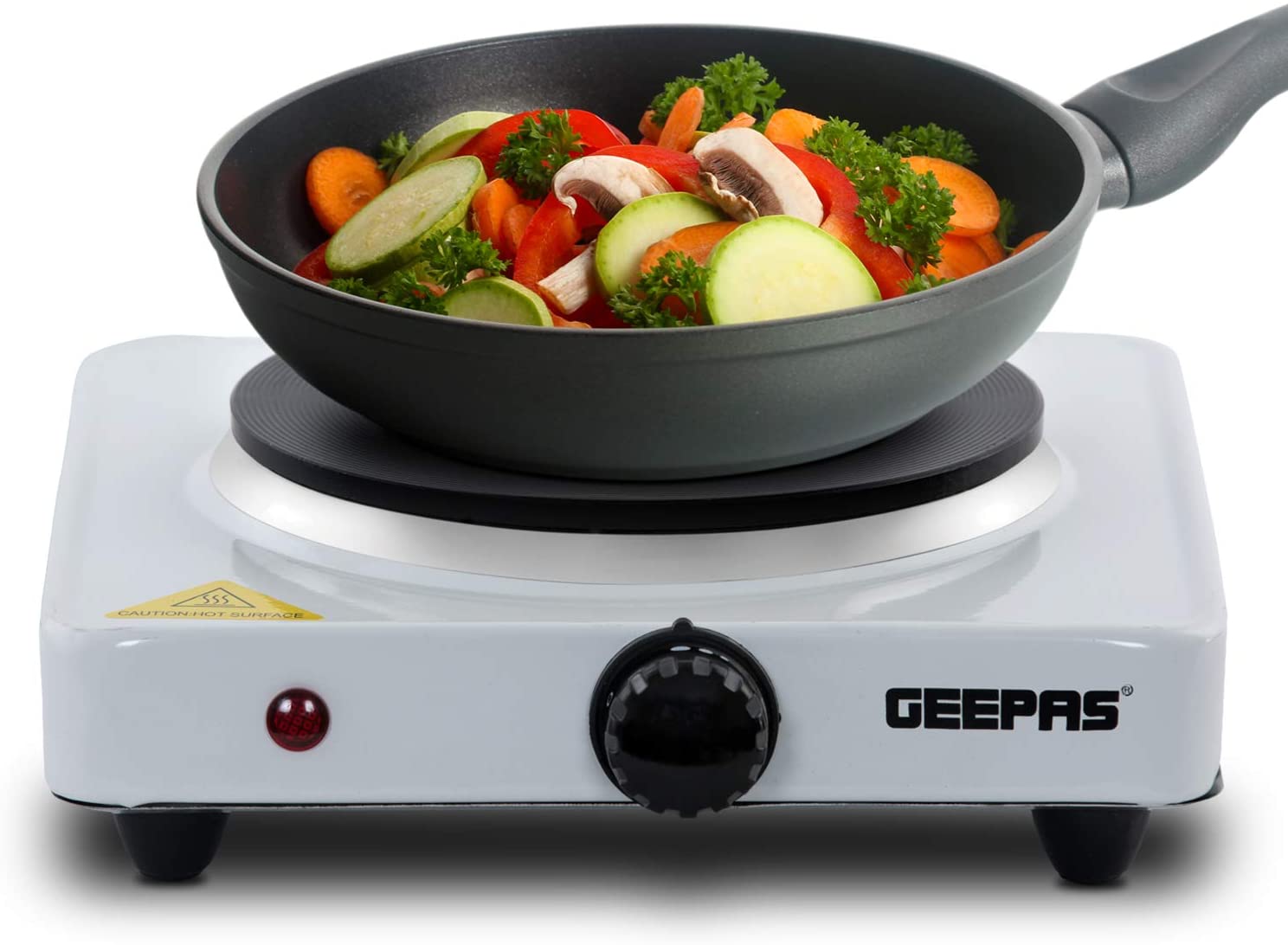
Hot Plate Wattage – How Does It Affect Cooking?
In the world of culinary exploration, a seemingly insignificant element can have a profound impact on your cooking results. Have you ever wondered how the wattage of a hot plate can affect your culinary creations? The answer might surprise you! In this article, we delve deep into the realm of hot plate wattage and its intriguing connection to cooking. From understanding the basics to exploring its effects on flavor, texture, and efficiency, we’re here to uncover the secrets behind this often-overlooked aspect of cooking.
Cooking with Power: Unveiling the Role of Hot Plate Wattage
Understanding Hot Plate Wattage
Before we dive into the nitty-gritty details, let’s get familiar with the concept of hot plate wattage. Wattage refers to the amount of power a hot plate can generate, usually measured in watts. It directly correlates with the heat output of the hot plate. Higher wattage typically means higher heat production, which can significantly impact your cooking process.
The Impact of Wattage on Cooking Efficiency
When it comes to cooking, efficiency is key. The wattage of your hot plate can determine how quickly your ingredients cook and how evenly they’re heated. Higher wattage translates to faster heating times, allowing you to whip up your favorite dishes in a fraction of the time. Whether you’re searing a succulent steak or sautéing vegetables to perfection, a higher wattage hot plate can be a game-changer in your kitchen.
Bursting with Flavor: How Wattage Influences Taste
Believe it or not, the wattage of your hot plate can play a pivotal role in the flavor of your dishes. When ingredients are cooked at higher temperatures due to increased wattage, they undergo a unique transformation. The Maillard reaction, responsible for those delightful caramelized flavors and enticing aromas, occurs more rapidly at elevated temperatures. This means that dishes prepared on a higher wattage hot plate tend to develop a richer, more complex taste profile that can elevate your culinary creations to a whole new level.
See more: Which Side of Parchment Paper Goes Up
Achieving Textural Excellence
Texture can make or break a dish, and the wattage of your hot plate can contribute to achieving that perfect consistency. Higher wattage provides the intense heat required for achieving that sought-after crispy exterior and tender interior. Whether you’re aiming for a perfectly seared piece of fish or a flawlessly golden-crusted casserole, a hot plate with ample wattage can help you achieve textural excellence.
Factoring in Energy Efficiency
While higher wattage may seem like the obvious choice, it’s important to consider energy efficiency as well. Using a plate with excessive wattage for tasks that require less heat can result in unnecessary energy consumption. Opting for a hot plate with adjustable settings gives you the flexibility to tailor the heat output to the specific requirements of your recipe, all while keeping your energy consumption in check.
Harnessing the Potential: Practical Tips for Optimal Wattage Utilization
Choosing the Right Wattage for Your Culinary Creations
Selecting the appropriate wattage for your cooking endeavors is a crucial step toward culinary success. Delicate dishes that demand precise temperature control, such as sauces and soufflés, might benefit from a lower wattage setting to prevent overcooking. On the other hand, hearty stir-fries and seared meats could thrive on higher wattage settings for that desirable Maillard reaction.
Maximizing Efficiency with Wattage Adjustment
Adjusting the wattage throughout the cooking process can be a strategic move. Starting with a higher wattage for initial searing or boiling and then reducing it for gentle simmering can help you optimize your cooking efficiency while maintaining flavor and texture.
Exploring Wattage Variability in Multi-Burner Hot Plates
For those fortunate enough to own multi-burner hot plates with varying wattages, the possibilities are endless. You can simultaneously cook multiple dishes at their ideal temperatures, saving both time and effort. Imagine whipping up a feast where each element is cooked to perfection, thanks to the versatility of wattage options.
FAQs
Can I use a high wattage hot plate for delicate recipes?
Absolutely, but it’s important to monitor the cooking process closely. Adjusting the wattage to a lower setting once you’ve achieved the desired initial sear can help prevent overcooking.
Is energy efficiency compromised with higher wattage?
Using higher wattage for tasks that require lower heat can lead to unnecessary energy consumption. It’s advisable to choose wattage settings that align with the specific needs of your recipe.
Can wattage affect the color of my dishes?
Yes, wattage plays a role in the color development of dishes. Higher wattage promotes the Maillard reaction, resulting in deeper browning and enhanced color.
What’s the ideal wattage for searing meat?
For a perfect sear, opt for a hot plate with wattage between 1800-2000 watts. This range provides the intense heat required for achieving a flavorful crust.
Are induction hot plates more energy-efficient?
Induction hot plates are known for their energy efficiency as they directly heat the cookware. They offer precise wattage control and rapid heating, making them an excellent choice for both energy-conscious and time-efficient cooking.
Can I reduce wattage during cooking?
Yes, you can adjust the wattage during the cooking process to maintain the desired heat level. This is particularly useful for transitioning from high-temperature searing to gentle simmering.
Conclusion
Hot plate wattage is more than just a technical specification; it’s a culinary tool that can significantly impact your cooking outcomes. By understanding the nuances of wattage and its effects on cooking efficiency, flavor, and texture, you’ll be empowered to take your culinary creations to new heights. So, the next time you step into the kitchen, consider the wattage of your hot plate as a powerful ally in your quest for delectable dishes that tantalize the taste buds and leave a lasting impression.